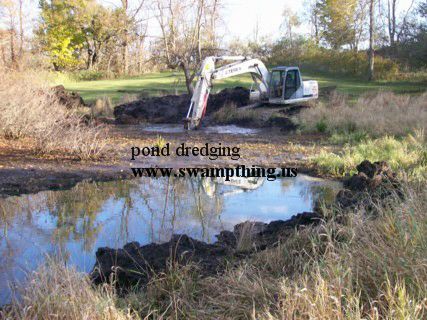

In some cases, it may reduce the capacity of the inlet pipe, leading to flooding upstream. When sediment accumulates near an inlet, it may impede flow into the pond. The accumulation of sediment often begins near the inlet to the pond. What happens when too much sediment accumulates in my pond? It may be time to evaluate how much sediment has accumulated in those ponds and whether or not it is time to dredge them to remove the accumulated sediment. Most municipalities and older developments own wet retention ponds that were built in the early 2000’s. The pollutants and sediment settle to the bottom of the wet pond where they often remain until they are removed. The permanent pool of a wet retention pond helps settle out those nasty pollutants that are often carried in storm water runoff. Wet retention ponds are a great way to effectively meet pollutant reduction requirements while also controlling peak discharge release rates during storm events. Historic Preservation (link leaves DEC website)Īdministers this program in other locations.As the world of storm water management continues to evolve and municipalities face new requirements for the treatment and control of storm water runoff, storm water wet retention ponds are becoming a regular fixture for new and re-developments. (DEC Regions 5, 6) and Catskill Park (DEC Regions 3, 4) Wild, Scenic and Recreational River Permitįloating objects in navigable waters within

Please review the following tables to determine your permit needs, and see additional information on application procedures, application forms, and contacts for assistance.

Projects in these areas might require multiple DEC permits. Waterways, coastlines and wetlands are related resources. Portions of this page may require JavaScript to be enabled for your browser.


 0 kommentar(er)
0 kommentar(er)
